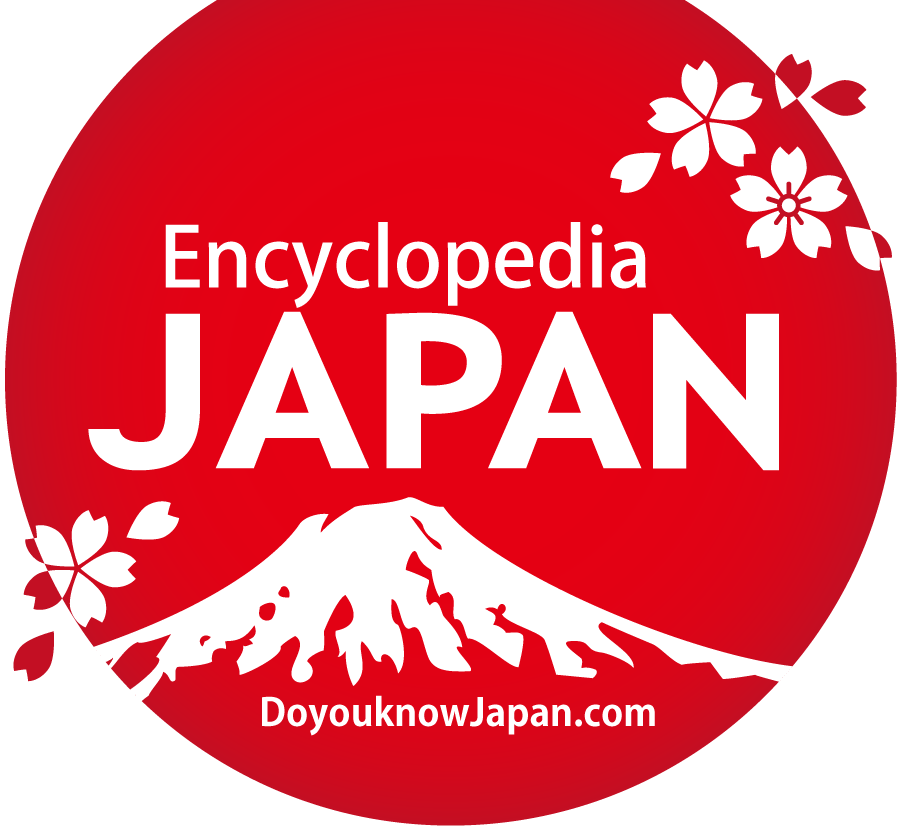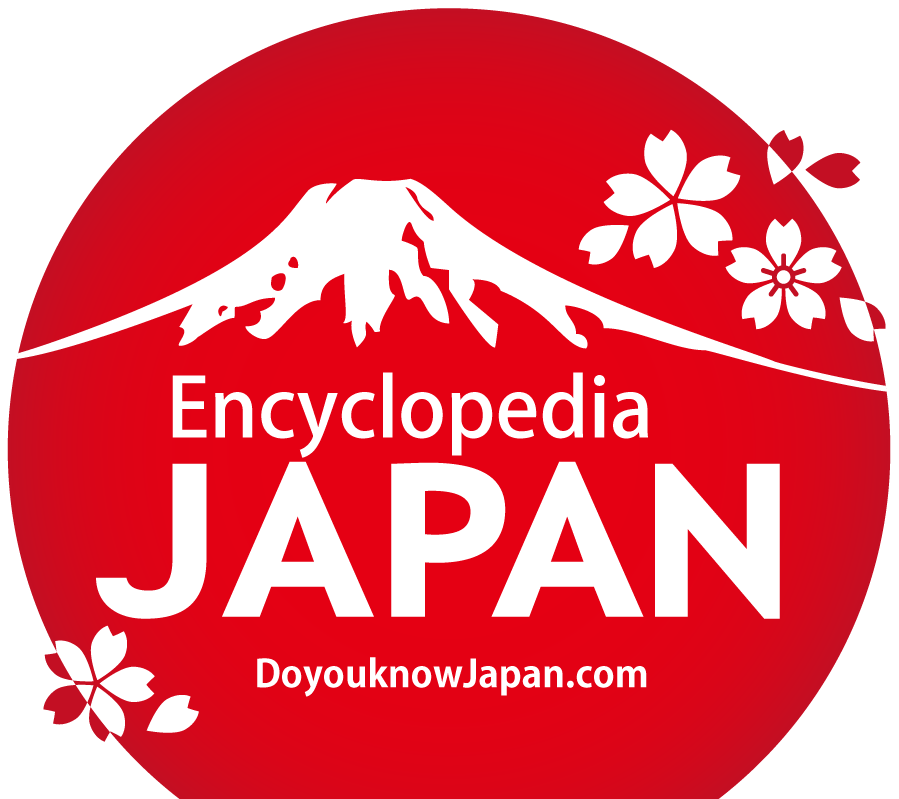World Heritage of Japan
Introduction of UNESCO World Heritages of Japan
Since Japan accepted the UNESCO World Heritage Convention in 1992, Japan has 20 world heritages of UNESCO, consist of 16 cultural heritages and 4 natural heritages. World heritages are located in 27 prefectures out of 47 prefectures across the country. As of now, 11 candidates are nominated for the interim list of UNESCO.
List of Cultural Heritages in Japan
 |
Buddhist Monuments in the Hōryū-ji Area (1993) | Page 3 |
 |
Himeji-castle (1993) | Page 1 |
 |
Historic Monuments of Ancient Kyoto (1994) | Page 1 |
 |
Historic Villages of Shirakawa-go and Gokayama (1995) | Page 2 |
 |
Hiroshima Peace Memorial (Atomic Dome) (1996) | Page 1 |
 |
Itsukushima Shinto Shrine (1996) | Page 2 |
 |
Historic Monuments of Ancient Nara (1998) | Page 2 |
 |
Shrines and Temples of Nikkō (1999) | Page 2 |
 |
Gusuku Sites and Related Properties of the Kingdom of Ryukyu (2000) | Page 3 |
 |
Sacred Sites and Pilgrimage Routes in the Kii Mountain Range (2004) | Page 3 |
 |
Iwami Ginzan Silver Mine and its Cultural Landscape (2010) | Page 4 |
 |
Hiraizumi – Temples, Gardens and Archaeological Sites Representing the Buddhist Pure Land (2011) | Page 3 |
 |
Fujisan, sacred place and source of artistic inspiration (2013) | Page 1 |
 |
Tomioka Silk Mill and Related Sites (2014) | Page 4 |
 |
Sites of Japan’s Meiji Industrial Revolution: Iron and Steel, Shipbuilding and Coal Mining (2015) | Page 4 |
 |
The Architectural Work of Le Corbusier, an Outstanding Contribution to the Modern Movement (2016) | Page 4 |
List of Natural Heritages in Japan
 |
Yakushima (1993) | Page 1 |
 |
Shirakami-Sanchi (1993) | Page 3 |
 |
Shiretoko (2005) | Page 2 |
 |
Ogasawara Islands (2011) | Page 4 |
Must See Videos
Video Contents
Introduction of World Heritages in Japan (3:19)
Introduction of World Heritages in Japan (3:19)
Mount Fuji, Sacred Place and Source of Artistic Inspiration

Brief Overview of the Site
Mount Fuji, located on Honshu Island, is the highest mountain in Japan at 3,776.24 m. An active stratovolcano that last erupted in 1707–08, Mount Fuji lies about 100 kilometres south-west of Tokyo, and can be seen from there on a clear day. Mount Fuji's exceptionally symmetrical cone, which is snow-capped several months a year, is a well-known symbol of Japan and it is frequently depicted in art and photographs, as well as visited by sightseers and climbers. It was added to the UNESCO World Heritages as a Cultural Site. As per UNESCO, Mount Fuji has "inspired artists and poets and been the object of pilgrimage for centuries".
Mount Fuji, located on Honshu Island, is the highest mountain in Japan at 3,776.24 m. An active stratovolcano that last erupted in 1707–08, Mount Fuji lies about 100 kilometres south-west of Tokyo, and can be seen from there on a clear day. Mount Fuji's exceptionally symmetrical cone, which is snow-capped several months a year, is a well-known symbol of Japan and it is frequently depicted in art and photographs, as well as visited by sightseers and climbers. It was added to the UNESCO World Heritages as a Cultural Site. As per UNESCO, Mount Fuji has "inspired artists and poets and been the object of pilgrimage for centuries".














Himeji Castle

Brief Overview of the Site
It is a hilltop Japanese castle complex located in Himeji, Hyogo Prefecture. The castle is regarded as the finest surviving example of prototypical Japanese castle architecture, comprising a network of 83 buildings with advanced defensive systems from the Samurai period. The castle is frequently known as "White Heron Castle", because of its brilliant white exterior and supposed resemblance to a bird taking flight.
It is a hilltop Japanese castle complex located in Himeji, Hyogo Prefecture. The castle is regarded as the finest surviving example of prototypical Japanese castle architecture, comprising a network of 83 buildings with advanced defensive systems from the Samurai period. The castle is frequently known as "White Heron Castle", because of its brilliant white exterior and supposed resemblance to a bird taking flight.













Historic Monuments of Ancient Kyoto

Brief Overview of the Site
The Historic Monuments of Ancient Kyoto encompasses 17 locations within the city of Kyoto and its immediate vicinity. Of the monuments, 13 are Buddhist temples; three are Shinto shrines; and one is a samurai castle. The properties include 38 buildings designated by the Japanese National Treasures, 160 properties designated as Important Cultural Properties, eight gardens designated as Special Places of Scenic Beauty, and four designated as Places of Scenic Beauty.
The Historic Monuments of Ancient Kyoto encompasses 17 locations within the city of Kyoto and its immediate vicinity. Of the monuments, 13 are Buddhist temples; three are Shinto shrines; and one is a samurai castle. The properties include 38 buildings designated by the Japanese National Treasures, 160 properties designated as Important Cultural Properties, eight gardens designated as Special Places of Scenic Beauty, and four designated as Places of Scenic Beauty.















Yakushima Island

Brief Overview of the Site
Yakushima is one of the Osumi Islands belonging to Kagoshima Prefecture. Yakushima's unique remnant of warm/temperate ancient forest has been a natural World Heritage Site since 1993. It is also one of the largest nesting ground for the endangered loggerhead sea turtle in the world. In the Wilderness core area (12.19 square kilometres) of the site, no record of past tree cutting can be traced. There are some world's oldest trees in the area, such as famous "Jomon-Sugi".
Yakushima is one of the Osumi Islands belonging to Kagoshima Prefecture. Yakushima's unique remnant of warm/temperate ancient forest has been a natural World Heritage Site since 1993. It is also one of the largest nesting ground for the endangered loggerhead sea turtle in the world. In the Wilderness core area (12.19 square kilometres) of the site, no record of past tree cutting can be traced. There are some world's oldest trees in the area, such as famous "Jomon-Sugi".













Hiroshima Peace Memorial

Brief Overview of the Site
Hiroshima Peace Memorial, commonly called the Atomic Bomb Dome, in Hiroshima Prefecture, is part of the Hiroshima Peace Memorial Park and was designated a UNESCO World Heritage Site in 1996. The ruin serves as a memorial to the people who were killed in the atomic bombing of Hiroshima on 6 August 1945. Over 70,000 people were killed instantly, and another 70,000 suffered fatal injuries from the radiation.
Hiroshima Peace Memorial, commonly called the Atomic Bomb Dome, in Hiroshima Prefecture, is part of the Hiroshima Peace Memorial Park and was designated a UNESCO World Heritage Site in 1996. The ruin serves as a memorial to the people who were killed in the atomic bombing of Hiroshima on 6 August 1945. Over 70,000 people were killed instantly, and another 70,000 suffered fatal injuries from the radiation.










See Also




